|
The Dattatreyayogashastra, Dattatreya's Discourse on Yoga, is the first known text to explain a system of hathayoga. There are other descriptions of many of its practices in previous texts, but this is the first time when they are given the title hathayoga. Hathayoga is described alongside three other forms of yoga: mantrayoga, layayoga and rajayoga. Dattātreya said: “Yoga has many forms, o brahmin. I shall explain all that to you: the Yoga of Mantras (mantrayoga), the Yoga of Dissolution (layayoga) and the Yoga of Force (hathayoga). The fourth is the Royal Yoga (rājayoga); it is the best of yogas." - verses 8-11 The sections on the other three forms are brief, but Dattatreya writes in depth about the practices of hathayoga, the yoga of force. Not only that, but the text describes two separate forms of hathayoga: "the yoga of eight auxiliaries known by Yājñavalkya and others" (29), and "the doctrine of adepts such as Kapila" (131). THE YOGA OF EIGHT AUXILIARIES Yajnavalkya's yoga of eight auxiliaries is closely related to the well-known eight part system of Patanjali. It begins with Rules (yama) and Restraints (niyama) and proceeds to Posture (asana), Breath-control (pranayama), Fixation (dharana), Meditation (dhyana) and Absorption (samadhi). It is interesting the Dattatreya references Yajnavalkya but not Patanjali. Of the rules (yamas), "a moderate diet is the single most important, not any of the others. Of the restraints, non-violence is the single most important, not any of the others" (33). Posture (asana) is afforded a healthy couple of paragraphs, mentioning the sacred "84 lakh postures" (34) but describing only one: the Lotus Posture. Breath-control gets the most attention with more than 30 verses. The section describes alternate nostril breathing, advising 20 breath retentions in the morning, 20 at midday, 20 in the evening and 20 at midnight. The final three auxiliaries get relatively brief treatment before the text moves on to the second form of hathayoga. THE WAY OF KAPILA Separate from the above methods are the methods of Kapila, also called hathayoga. "Adepts such as Kapila, on the other hand, practised Force [hatha] in a different manner" (29). "The difference is a difference in practice, but the reward is one and the same" (131). Kapila's methods entail several mudras and bandhas, which involve the combination of physical position---"He should stretch out his right foot and hold it firmly with both hands" (133)---with breath-control---"he should hold [his breath] for as long as he can before exhaling" (134). The purpose of these practices is to move the winds and sacred fluids around the body. PRACTICE It is not stated explicitly if the two forms of hathayoga can be practiced together or whether they should be kept separate. Over the ensuing centuries hathayoga became consolidated, combining the practices of the eight auxiliaries with the mudra practices of Kapila. In modern decades, hathayoga has evolved into a non-specific term meaning "the physical practices of yoga". We will leave you with a final thought from Dattatreya: "[If] diligent, everyone, even the young or the old or the diseased, gradually obtains success in yoga through practice...the wise man endowed with faith who is constantly devoted to his practice obtains complete success. Success happens for he who performs the practices - how could it happen for one who does not?" (40-42). - All quotations are from: James Mallinson, Dattatreya's Discourse on Yoga, 2013.
1 Comment
Lisa
2/22/2023 07:51:22 am
This seems a direct steel by Patanjali. I hadn't even heard of Dattatreya within yoga history until recently and did some curious research. As a yoga teacher myself I wonder why this isn't included more within yoga history and yoga teacher training.
Reply
Leave a Reply. |
AUTHORSScott & Ida are Yoga Acharyas (Masters of Yoga). They are scholars as well as practitioners of yogic postures, breath control and meditation. They are the head teachers of Ghosh Yoga.
POPULAR- The 113 Postures of Ghosh Yoga
- Make the Hamstrings Strong, Not Long - Understanding Chair Posture - Lock the Knee History - It Doesn't Matter If Your Head Is On Your Knee - Bow Pose (Dhanurasana) - 5 Reasons To Backbend - Origins of Standing Bow - The Traditional Yoga In Bikram's Class - What About the Women?! - Through Bishnu's Eyes - Why Teaching Is Not a Personal Practice Categories
All
Archives
May 2024
|

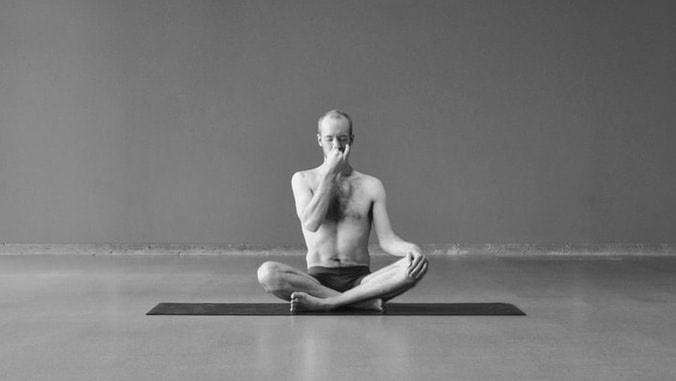
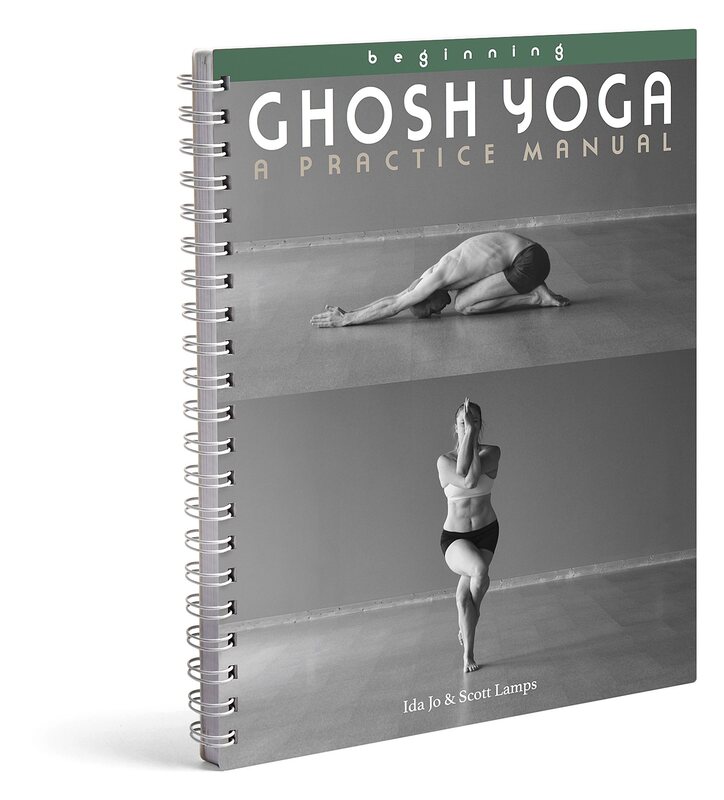
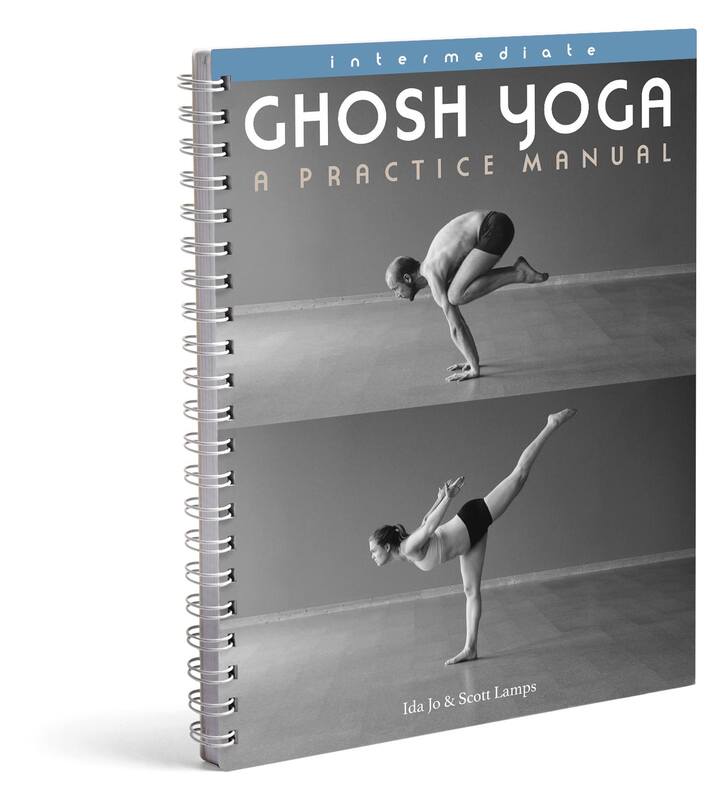
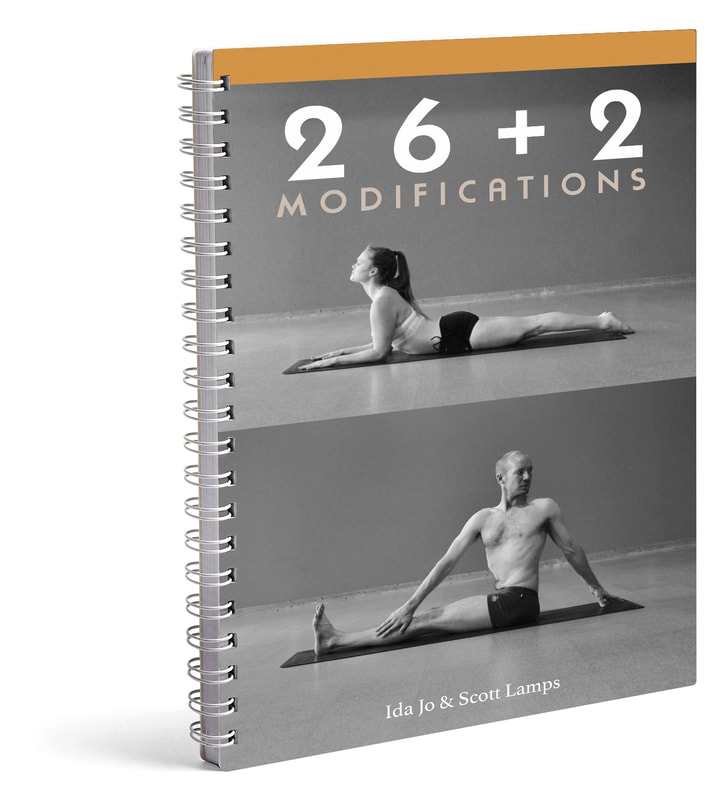
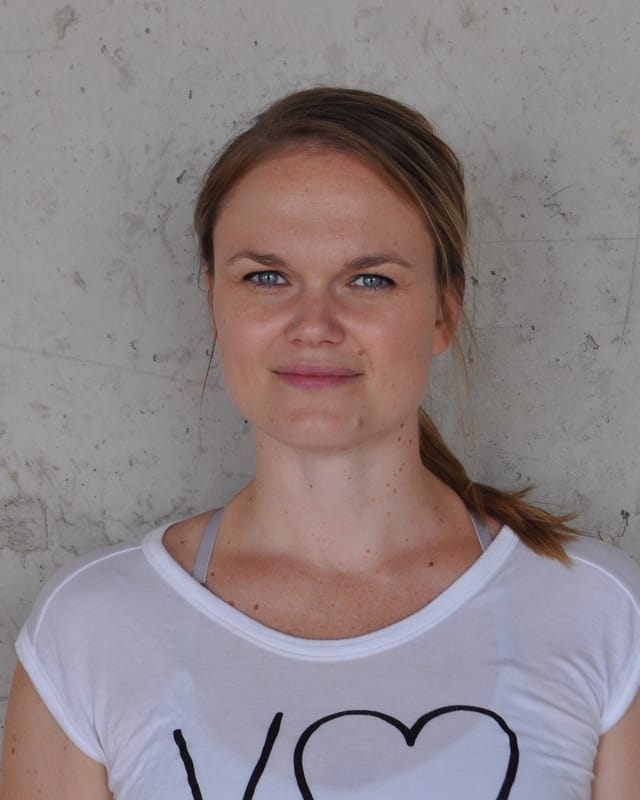
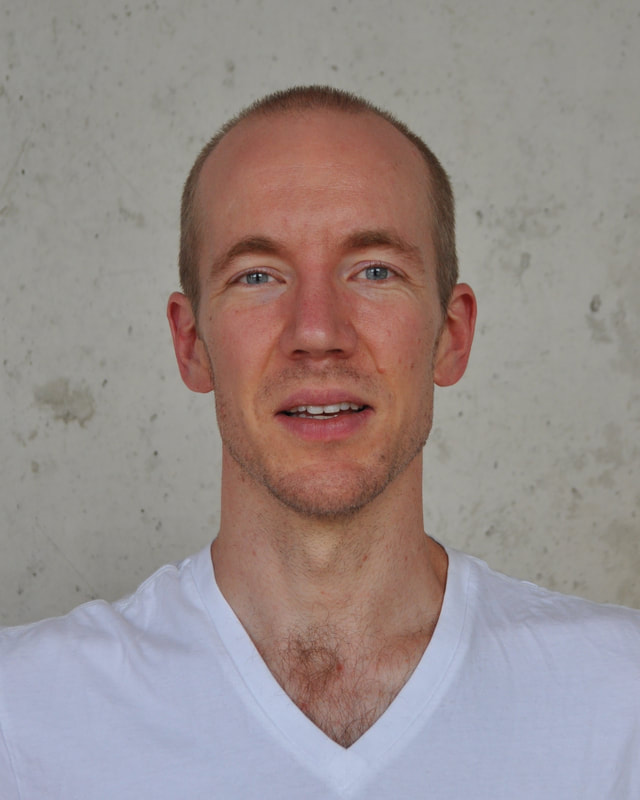
 RSS Feed
RSS Feed